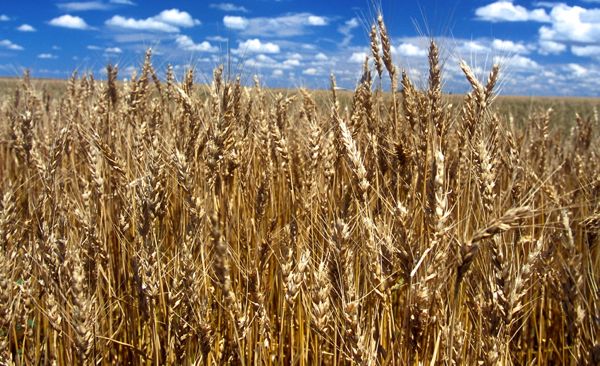Chicago | Reuters — U.S. wheat and corn fell about one per cent on Thursday as traders locked in profit after the previous session’s multimonth highs and ahead of a U.S. Department of Agriculture supply and demand report due on Friday.
Soybean prices were narrowly mixed at the Chicago Board of Trade, holding near the two-year peaks seen on Wednesday as investors rolled out of front-month July and into new-crop November contracts.
“Wheat (is) experiencing the greatest weakness since it has the poorest fundamentals, plus it is in the midst of harvest with yields quite impressive thus far,” INTL FCStone analyst Arlan Suderman said in a note to clients.
Read Also

Calling for bigger crops ahead of StatCan report
Statistics Canada will release its first survey-based production estimates for the 2025/26 crop year on Dec. 4, with general expectations for upward revisions to most major crops from the model-based estimates in September. However, as StatCan has shown a tendency to underestimate production in its December reports, many analysts expect actual production may be revised upward in subsequent reports.
Analysts polled by Reuters expect USDA on Friday to boost its forecast for U.S. winter wheat production amid good yield results in early-harvested fields in Kansas and Texas.
The analysts also expected the government to lift its U.S. wheat ending stocks outlook and slash supplies of corn and soybeans, in a midday announcement that typically roils markets.
CBOT July wheat finished 9-1/4 cents lower at $5.10-1/4 per bushel, below their seven-month high of $5.24 from Wednesday (all figures US$).
CBOT July corn eased from an 11-month high, settling 4-3/4 cents lower at $4.26-1/2 per bushel. CBOT July soybeans were down 1-3/4 cents at $11.76 per bushel, declining from their Wednesday high of $11.89-1/4 per bushel.
The dollar rose against a basket of currencies, making U.S. goods slightly more expensive in global markets. But gains in the greenback had little impact on U.S. grain prices, following USDA data showing larger-than-expected corn exports.
Warm weather this week and the potential for a dry La Nina weather pattern in the U.S. Midwest this summer have made investors nervous about stress to soybean plants.
“Where we go from here will all depend on what happens to the U.S crop,” said Phin Ziebell, agribusiness economist at National Australia Bank.
— Michael Hirtzer reports on agriculture and ag commodity markets for Reuters from Chicago. Additional reporting for Reuters by Naveen Thukral in Singapore and Gus Trompiz in Paris.
















